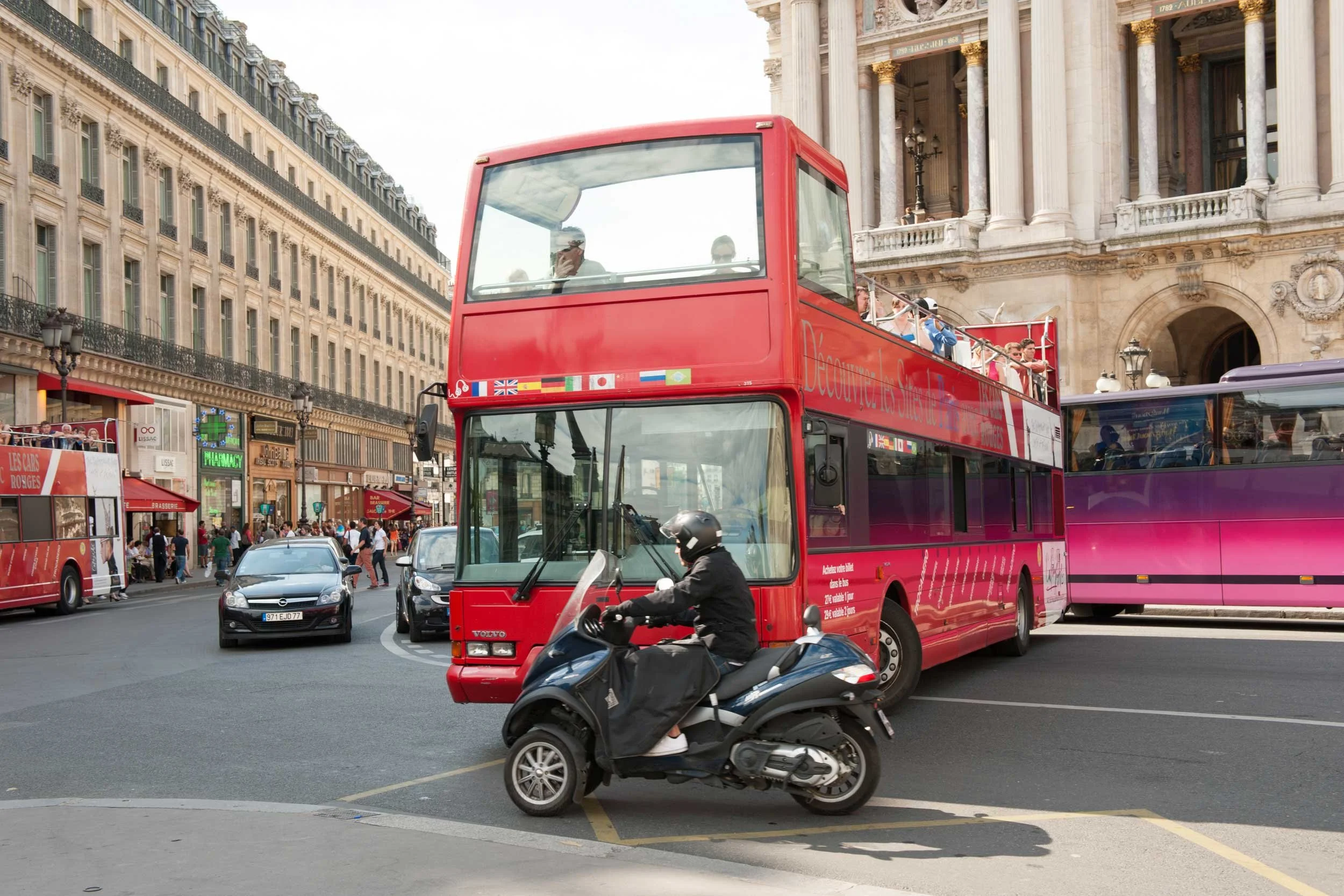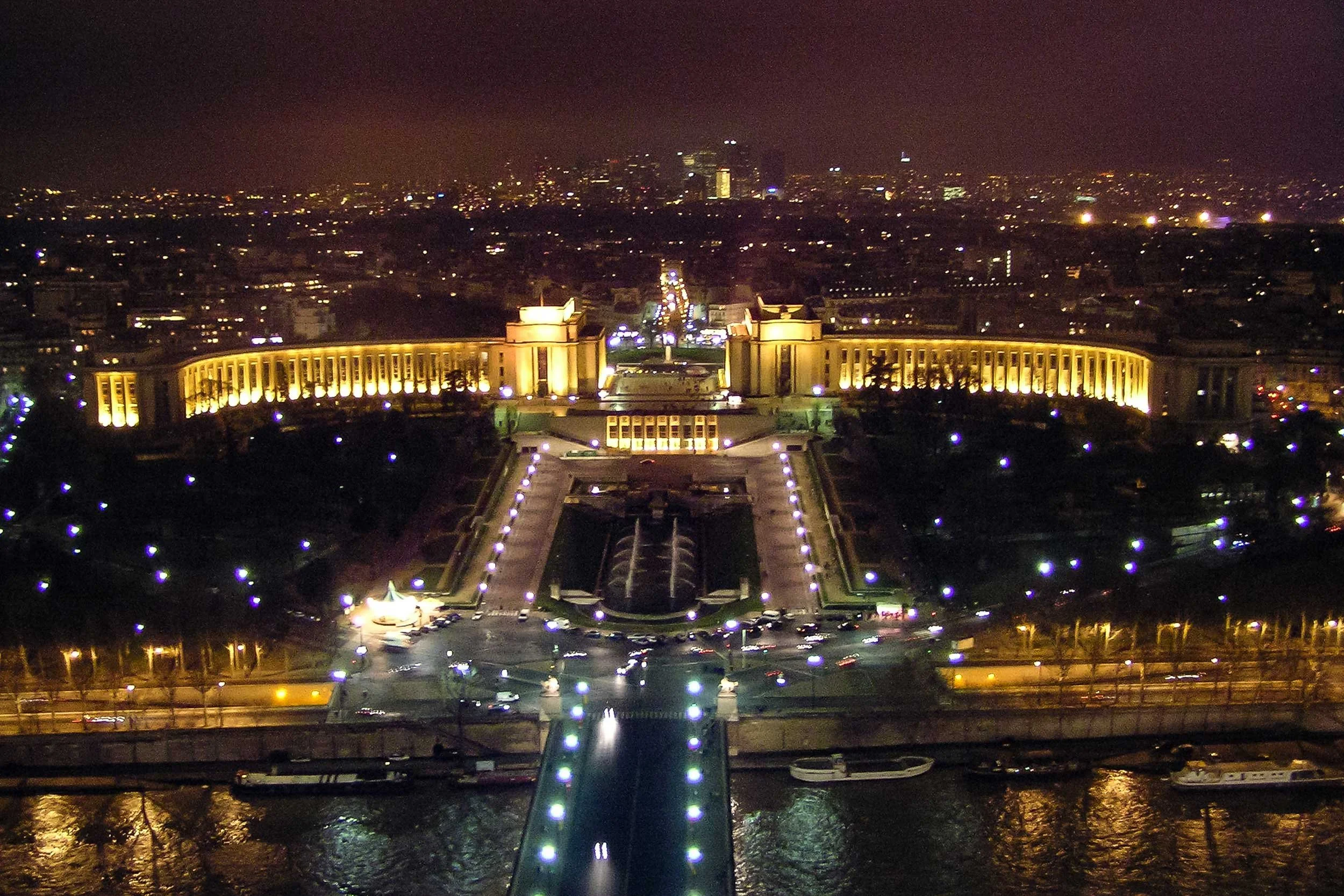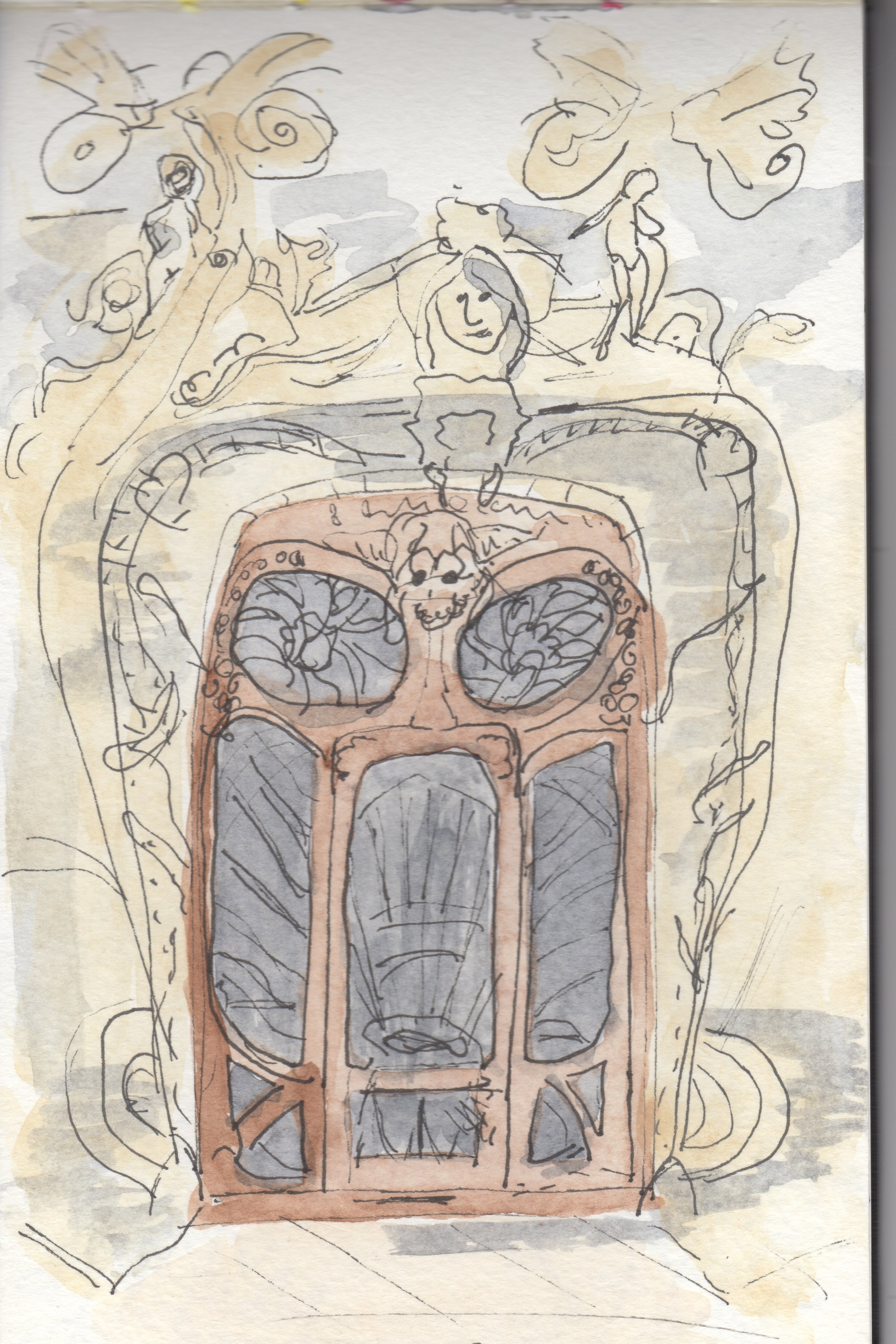Paris Arrondissements: Part 4
Welcome back to our tour of Paris. As I mentioned in Part 1 of this series, we have visited 15 of the 20 arrondissements of Paris and in this post I will be covering areas that remain mostly undiscovered by us in person. It has been interesting to research and discover new places to put on our itinerary for a future visit. Hopefully you will be inspired to move further out from the centre to explore these arrondissements. Allons-y!
As you travel further out of the centre, you can use the Metro. Sortie means Exit.
13th arrondissement is Place d’Italie This is a multi-cultural neighbourhood where you will find Paris’ main Chinatown with plenty of Asian eating options. Still on my list, is a visit to Manufacture des Gobelins where tapestries have been made since 1662. They also have temporary exhibitions and offer tours.
Piscine Joséphine Baker is a floating public swimming pool complex on the Seine, which is open year-round. Josephine Baker was born in America in 1906. In 1925 she arrived in Paris, where her career as a dancer, singer and actress really took off. She headlined shows at the Folies Bergère, where in 1927 she wore a famous costume of a short skirt made of artificial bananas and a beaded necklace. After a long career as an entertainer, in WWII she worked with the French Military intelligence agency. When Paris was invaded by the Germans, she moved to the Dordogne area and lived in the Château des Milandes (we have visited). Read more about her fascinating life here.
Negotiating the Paris traffic is interesting
Cité florale – was built between 1925-30. It is a little village within this arrondissement. The small-town houses with pastel-coloured facades, are covered in vines with pots of flowers on the balconies. The cobbled streets are named after flowers.
La Butte aux Cailles – is another village to explore. It became a part of the city of Paris in 1860. It sits on a hill, not as high as Montmartre, in the 18th. There is plenty of colourful street art and an Art Noveau indoor and outdoor swimming pool. https://parissecret.com/en/indoor-covered-swimming-pools-paris/
I love the Art Nouveau entrances to the Metro
14th Montparnasse The name Montparnasse comes from the Greek ‘Mount Parnassus’. In the 17th century arts students performed on a pile of rubble and this is how the name Montparnasse came to be.
Henri Cartier-Bresson was a French photographer, who lived from 1908-2004. He photographed life in Paris, pioneering the genre of street photography. The Henri Cartier Bresson Foundation is a gallery devoted to his works. It is now located in the 3rd, but we visited when it was in the 14th and walked through the Montparnasse cemetery to find it.
In Montparnasse Cemetery, you can locate the grave of French writers and philosophers Jean-Paul Sartre and Simone de Beauvoir, Frédéric Auguste Bartholdi sculptor of the Statue of Liberty, French singer and composer Serge Gainsbourg, André Citroën founder of Citroën , Charles Garnier architect of the Palais Garnier.
Paris Catacombes painting by moi
The Paris catacombs were a long series of quarry tunnels from Roman times. During the 1780’s, ancient bones, skulls and rotting corpses were moved from Les Halles cemetery into the catacombs. Tours are available. https://www.catacombes.paris.fr/en
Parc Montsouris opened in 1875. The park is 16.5 hectares and was designed as an English landscape garden. It has a lake, a cascade, wide sloping lawns with many trees, shrubs and flowers plus a café, puppet theatre and a meteorology station. https://www.youtube.com/watch?v=PMsiLmkKbZM
A previous guest of French Views, Annemarie Rawson and her husband, Steve visiting Tour Montparnasse
15th Vaugirard is largely a residential area. Tour Montparnasse is in this arrondissement. At 210m, it provides panoramic views from the roof terrace and 56th floor observation deck. There is a café, gift shop and pop-up bar in summer months.
View from Tour Montparnasse at night from previous French Views guest, Sarah
16th Passy Jardins du Trocadéro https://en.parisinfo.com/paris-museum-monument/71144/Jardins-du-Trocadero
You get a great view of the Eiffel Tour from the steps of the Palais de Chaillot, which is located within these gardens. My tip is to go early before the crowds. You will also find the Musée national de la Marine de Paris, Aquarium de Paris and Le Kiosque du Carrousél. For more facts about Trocadéro click here
View of the Trocadero, from the Eiffel Tower, from our first trip to Paris
Chris at a photo shoot in Paris on the steps of the Palais de Chaillot
The 16th is the largest arrondisement by area. There are 400 Art Nouveau style buildings, including Le Castel Béranger at 14 Rue de la Fontaine, designed by Hector Guimard and was the first residence built in Paris in this style. During the research for this post, I have discovered Musée Marmottan Monet which houses a collection of Impressionists paintings and will also be added to our list for the next visit. In the 16th, you will find some street signs made of mosaics. Another reason for me to visit this area as I love mosaics.
Art nouveau door watercolour by moi
Bois de Boulogne was the former royal hunting grounds. It is now a huge public park with lakes, botanic gardens, architectural follies, and nature trails. The consensus is to avoid this park after dark but I’m sure that it would be lovely during daylight hours.
Watercolour painting of Bois de Boulogne by moi
And finally, one for the tennis fans, Stade Roland Garros - Home to tennis’ French open.
The last arrondissement for this post is the 17th Batignolles here you can find Palais des congrès It’s convention centre, concert venue and shopping mall.
Cité des Fleurs a pedestrian street, created in the mid-19th century which has retained a small village atmosphere and is lined with greenery, elegant houses with low walls and ornate fences. Take a stroll here
Using public transport to get around the further reaches of Paris
Travelling further out from the centre, you will most likely use the Metro, tram, bus or even RER (regional express network)
When purchasing your ticket from the machine choose your language, e.g English. You can purchase an individual ticket or a pass for a number of days and zones. We purchased 3 day 1, 2, and 3 zone.
Follow the prompts and then make the payment. Get a receipt if you can.
The tickets are small. You feed them through the turnstile and then collect it, before you can then enter through the barrier.
You need to plan your route. Work out which line to use and where the connecting stations are. Get a map to have with you but there are also maps in the carriages. The trains vary depending on which line you are travelling on. Know which direction you are heading in. That is, you need to know the name of the station at the very end of the line so that you know you are heading in the correct direction.
Note that the trains come very regularly. Wait for people to get out then get in quickly and sit down or hang on because it is fast and often stops or slows suddenly. Be ready to get out at your stop. You may need to press the button on the door firmly if it does not automatically open.
There are no guards on the platform to check that everyone is safely on or off the train. Keep your personal items in front of your body and stay alert. Here are a couple of articles to read to which include information on Navigo and Paris Visit Pass. You should familiarise yourself with the options and decide what would be best suited to your plans.
https://parisjetaime.com/eng/article/public-transport-a555
https://parisjetaime.com/eng/?utm_source=ratp_en&utm_medium=link&utm_campaign=partner_ratp
Metro train
The next blogpost will be the final one in this Paris series and covers one of my favourite arrondissements, Montmartre.
À bientôt!
















